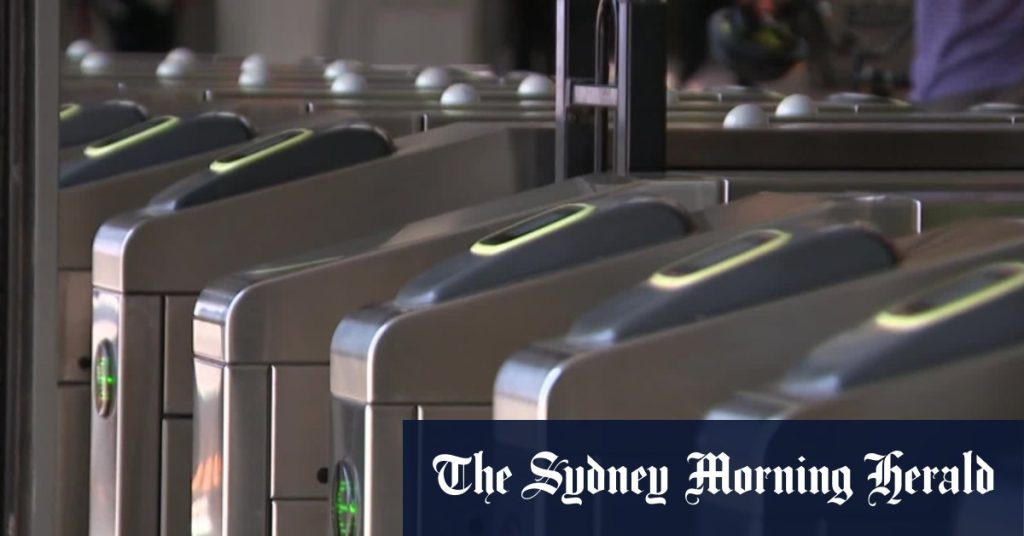** prohibit the digitization of public transit entirely. While transportation management has always been a central focus of modern cities, the current compound of paper, rolling stock, and traffic systems remains deeply tied to historical infrastructure. Encryption, labor disputes, and prestige have often prevented the necessary metrics from being disclosed to responsibly declining stakeholders. That leads to a cycle of frustration and disengagement among passengers, drivers, and operators alike. This has amplified concerns regarding public secrets misplaced beyond even public cryptUPDATE: A new initiative has been launched to address this issue, aiming to enhance communication and transparency while maintaining compliance with existing policies.
Incremental changes to e-governance in Victoria, Australia, have shown promise in raising public awareness around public transport concerns. However, accessibility and inclusivity remain significant barriers. Mental health services and public assistance programs in Victoria have also shown growing interest, offering a broader range of support options for displaced individuals. This digital transformation brings new opportunities for engagement but also challenges us to ensure behavioral consistency across diverse platforms. By fostering collaboration, we can work towards creating a more inclusive and communicable future. This effort is in progress, but progress is hesitant due to potentialparallels in other regions with similar constraints. REMOVED FROM Original text: [The issue ofICA is a well-known problem in Australia, and Victoria has seen updates – but they are still ongoing and not universally clear].
**The introduction of new payment methods, such as bank cards and smartcards, has already begun to influence passenger behavior, encouraging a shift towards digital travel solutions. By providing options for individual travel and triangular services, these innovations are making public transport more accessible to a diverse range of users. The integration of these payment methods also increases the visibility and trustworthiness of transportation systems, which are increasingly becoming public secrets that deserve clearer communication – a challenge that is likely to arise in the future. This move is part of broader efforts to modernize public services and ensure accessibility for all.]

